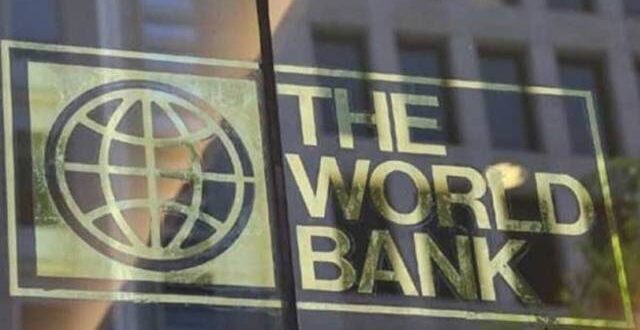The World Bank’s Board of Executive Directors has recently approved 1.5 billion dollars in financing to accelerate India’s development of low-carbon energy.
In a statement, the World Bank has said that the financing will help India promote low-carbon energy by scaling up renewable energy, developing green hydrogen, and stimulating climate finance for low-carbon energy investments.
“India is one of the fastest-growing large economies in the world. While the country’s energy consumption per capita is only one-third of the global average, India’s energy demand is expected to grow rapidly as the economy expands. This calls for a phasing down of fossil-based energy sources in line with India’s goal of achieving net-zero by 2070,” said the World Bank statement.
The industrial sector is the main driver for future growth of energy demand and emissions, and green hydrogen can play a critical role in initially decarbonising the hard-to-abate industrial sectors, such as fertiliser and refinery industries, and later heavy industries, including iron and steel.
“India has achieved impressive progress in renewable energy installed capacity and a decline in costs. Scaling up the production of renewable energy will accelerate the transition to low-carbon electricity and support the emergence and expansion of the green hydrogen sector,” said the statement.
The financing programme is the first in two operations and aims to support India in developing green hydrogen. The low-carbon energy is produced by electrolysis of water powered by renewable energy. The
operation will help stimulate private financing and other support by addressing viability funding gaps, reducing off-taker risks, boosting grid integration of renewables, and stimulating demand for renewable energy.
“The programme will support the successful implementation of the National Green Hydrogen Mission that aims to stimulate $100 billion in private sector investment by 2030,” said Auguste Tano Kouame, World
Bank Country Director for India.
The programme aims to scale up renewable energy supply thereby reducing costs and improving grid integration. This will help India reach its committed 500 GW of renewable energy capacity by 2030. The government plans to issue bids for 50 GW of renewable energy each year from FY23-24 to FY27-28, which will avoid carbon emissions of 40 million tons per annum by 2026.
“A national carbon market is essential to provide a level playing field between low-carbon energy and fossil fuels. This programme will support policies for a national carbon credit trading scheme to launch
a national carbon market,” it has said.
In January 2023, India issued its first sovereign green bond. The programme will support policy actions for the issuance of $6 billion in sovereign green bonds by 2026.
The operation is aligned with the Bank’s Hydrogen for Development Partnership launched at COP 27.

 Iran Energy News Oil, Gas, Petrochemical and Energy Field Specialized Channel
Iran Energy News Oil, Gas, Petrochemical and Energy Field Specialized Channel



